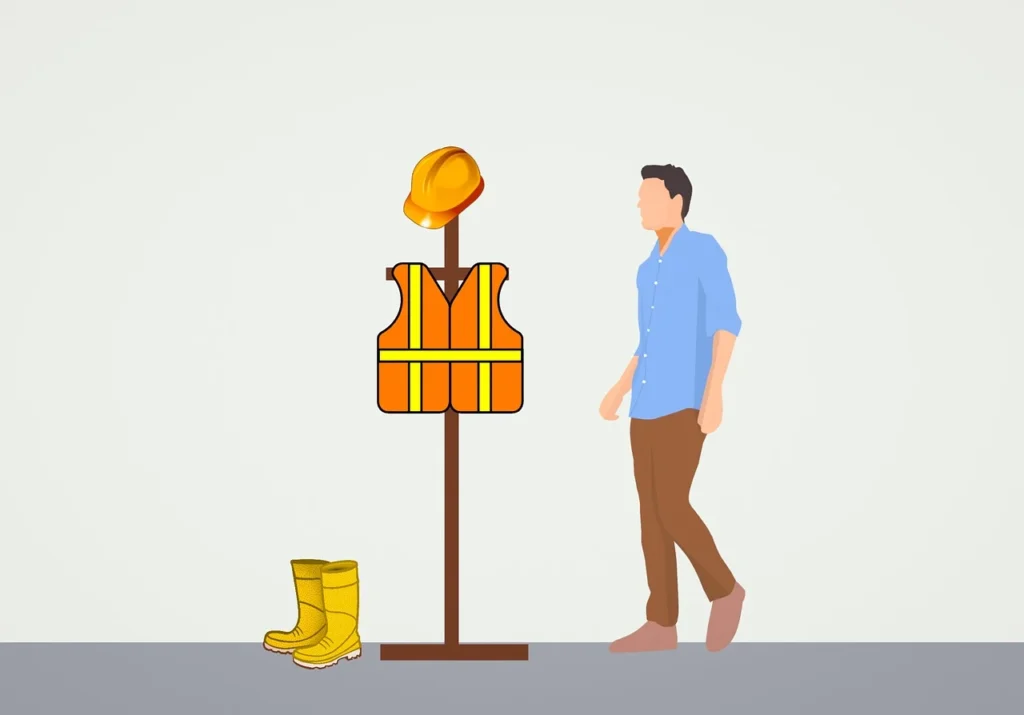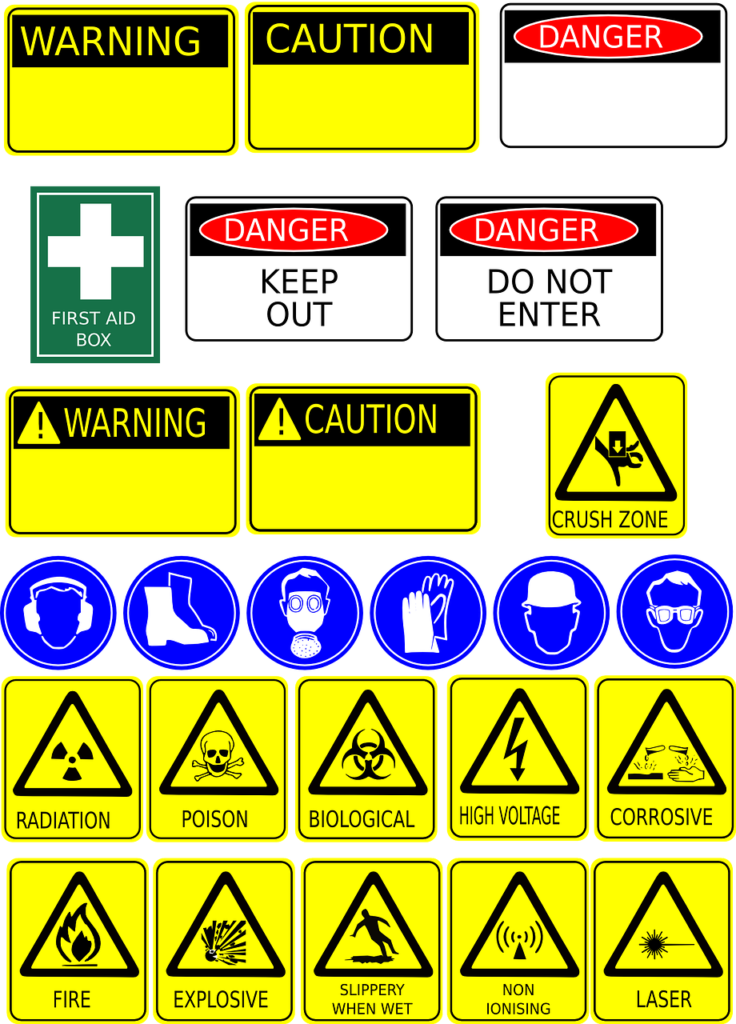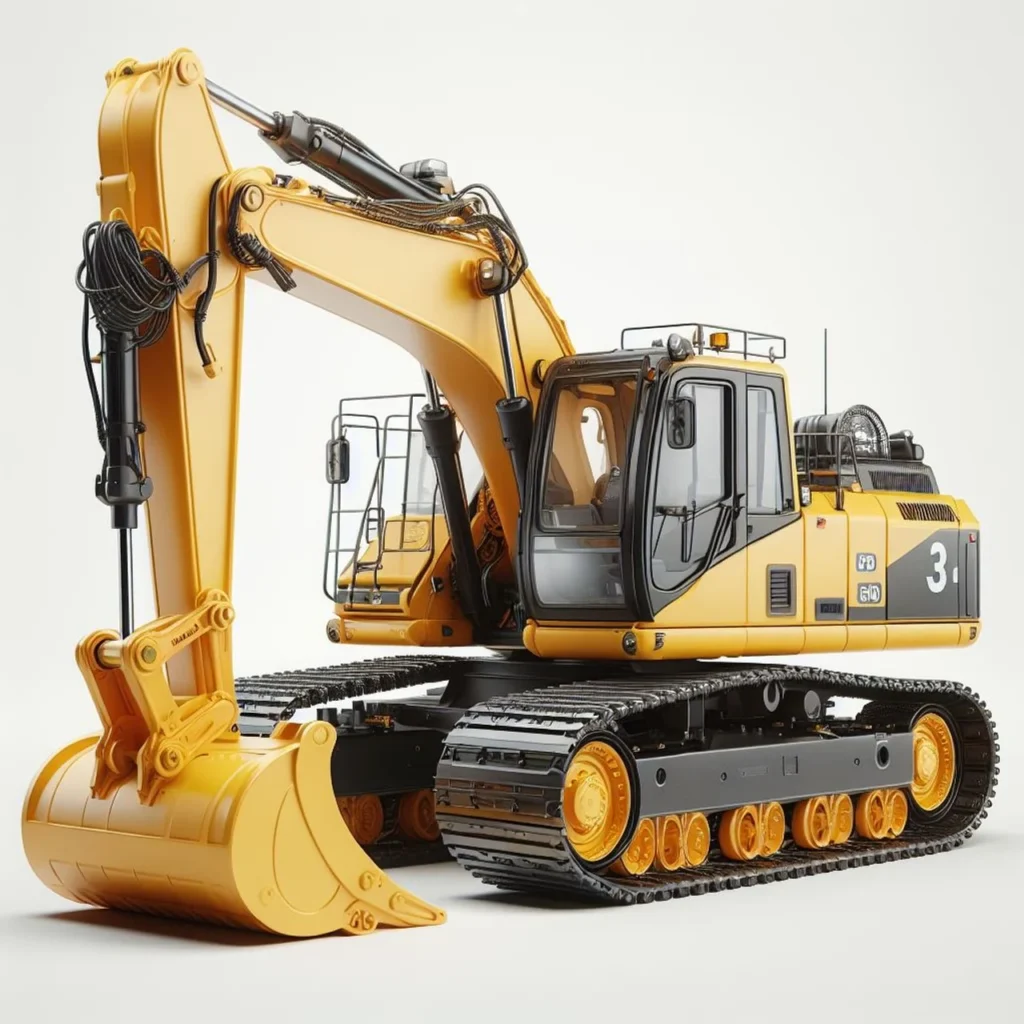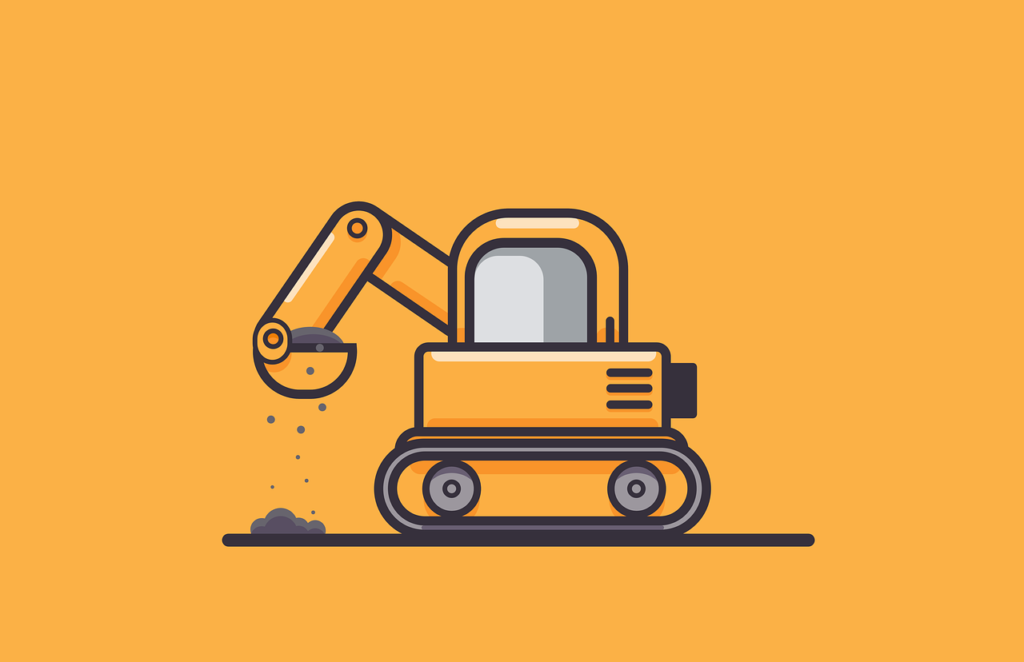Operating a small excavator can be a rewarding and efficient way to complete various construction and landscaping tasks. (Safety rules excavator 💪)
However, it is essential to prioritize safety when using this powerful machine.
By following a few simple safety rules, you can ensure your own well-being and the safety of those around you.
In this article, we will discuss some important safety guidelines to keep in mind when operating a small excavator.

1. Familiarize Yourself with the Equipment
Before operating a small excavator, it is crucial to familiarize yourself with the machine.
Read the operator’s manual thoroughly and understand the functions of each control and component.
Take the time to inspect the excavator before each use to ensure it is in proper working condition.
Check for any leaks, loose parts, or signs of damage that may affect its safe operation.
2. Wear Appropriate Personal Protective Equipment (PPE)
Personal Protective Equipment (PPE) is essential when operating a small excavator.
Always wear a hard hat, safety glasses or goggles, high-visibility clothing, and steel-toed boots.
Additionally, consider wearing ear protection to reduce noise exposure.
PPE can help protect you from potential hazards such as falling debris, flying objects, or excessive noise.
3. Conduct a Site Assessment
Prior to starting any excavation work, conduct a thorough site assessment.
Identify any potential hazards, such as underground utilities, unstable ground, or overhead power lines.

Mark or barricade hazardous areas to prevent accidental contact.
It is also important to ensure that the excavator is on stable ground and not at risk of tipping over.
4. Communicate and Establish Clear Boundaries
When operating a small excavator, it is crucial to communicate and establish clear boundaries with other workers or bystanders in the vicinity.
Use hand signals, radios, or other communication devices to ensure everyone understands your movements and intentions.
Establish a safe distance between the excavator and any personnel or objects to avoid accidents.
5. Use the Excavator’s Safety Features
Modern small excavators come equipped with various safety features designed to protect the operator and prevent accidents.
Familiarize yourself with these features and use them appropriately.
Some common safety features include seat belts, rollover protective structures (ROPS), and falling object protective structures (FOPS).
Ensure that these features are in good working condition before operating the excavator.
6. Operate the Excavator Smoothly and Gradually
When operating a small excavator, it is important to maintain smooth and gradual movements.
Avoid sudden jerks or aggressive actions that may destabilize the machine or cause objects to fall.
Use the controls carefully and maintain a steady pace to ensure safe and efficient operation.
7. Be Mindful of Overhead Hazards
When working with a small excavator, be mindful of overhead hazards such as power lines, tree branches, or structures.
Ensure that the excavator’s boom or any attachments do not come into contact with these hazards.
Maintain a safe distance from overhead obstructions and always be aware of your surroundings.
8. Do Not Operate the Excavator Under the Influence
Operating a small excavator requires focus, concentration, and quick decision-making.
Never operate the machine under the influence of alcohol, drugs, or any medication that may impair your judgment or reaction time.
Operating heavy machinery while impaired puts yourself and others at risk.
9.Regularly Maintain and Service the Excavator
To ensure the safe and efficient operation of a small excavator, it is essential to regularly maintain and service the machine.
Follow the manufacturer’s recommended maintenance schedule and address any issues promptly.
Regularly inspect and lubricate moving parts, check fluid levels, and replace worn-out components to prevent breakdowns or accidents.
10. Stay Updated on Safety Practices
Lastly, it is important to stay updated on the latest safety practices and regulations related to operating a small excavator.

Attend training programs or workshops that provide insights into safe excavator operation.
Stay informed about any changes in safety standards or guidelines to ensure that you are always following the best practices.
By following these safety rules, you can operate a small excavator with confidence and minimize the risk of accidents or injuries.
Remember, safety should always be your top priority when operating heavy machinery.
Stay alert, be mindful of your surroundings, and prioritize the well-being of yourself and those around you.




